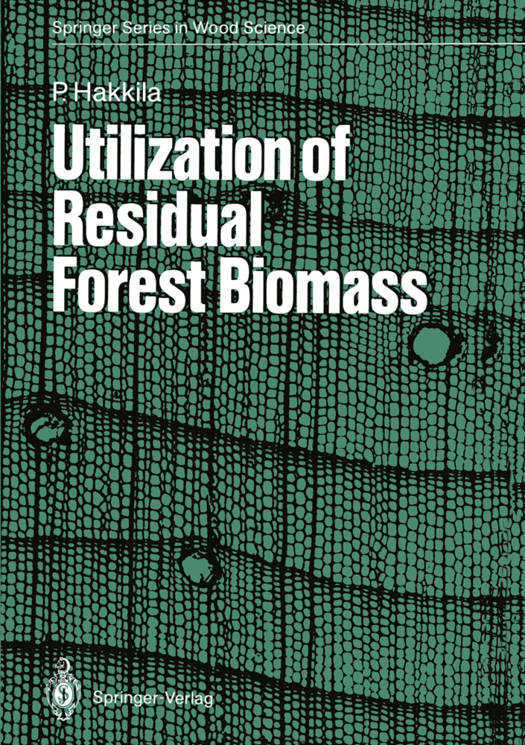
- Afhalen na 1 uur in een winkel met voorraad
- Gratis thuislevering in België vanaf € 30
- Ruim aanbod met 7 miljoen producten
- Afhalen na 1 uur in een winkel met voorraad
- Gratis thuislevering in België vanaf € 30
- Ruim aanbod met 7 miljoen producten
Zoeken
€ 171,59
+ 343 punten
Omschrijving
An increase in the demand for wood results in improved recovery and less residual biomass in the forests. Paradoxically, interest in forest residue as a renewable source of raw material seems to be in a reverse ratio to its availability in a certain area. Finland and Sweden are probably more dependent on forestry and forest in- dustries than any other developed countries in the world. A sufficiency of raw ma- terial for integrated forest industries is vital for the national economy of both countries, and a great deal of attention is being paid to the long-term potential of unutilized biomass left behind in logging operations. Furthermore, since these countries possess no reserves of fossil fuels, and since their per-capita consump- tion of primary energy is exceptionally high, they also consider unmerchantable forest biomass a realistic source of indigenous energy. A joint Nordic research project on harvesting and utilization of logging residue was carried out in 1969-1976 under the auspices of the Nordic Research Council on Forest Operations. This fruitful cooperation soon gave rise to related national projects in Sweden, Finland, Norway, and Denmark, stimulating further research and producing practical applications. Concurrently, particularly after the worldwide energy crisis in 1973, research on all aspects of utilization of forest bio- mass mushroomed in the United States, Canada, and the Soviet Union. An ex- plosive increase occurred in both the number and diversity of biomass studies.
Specificaties
Betrokkenen
- Auteur(s):
- Uitgeverij:
Inhoud
- Aantal bladzijden:
- 568
- Taal:
- Engels
- Reeks:
Eigenschappen
- Productcode (EAN):
- 9783642740749
- Verschijningsdatum:
- 3/12/2011
- Uitvoering:
- Paperback
- Formaat:
- Trade paperback (VS)
- Afmetingen:
- 170 mm x 244 mm
- Gewicht:
- 925 g

Alleen bij Standaard Boekhandel
+ 343 punten op je klantenkaart van Standaard Boekhandel
Beoordelingen
We publiceren alleen reviews die voldoen aan de voorwaarden voor reviews. Bekijk onze voorwaarden voor reviews.








